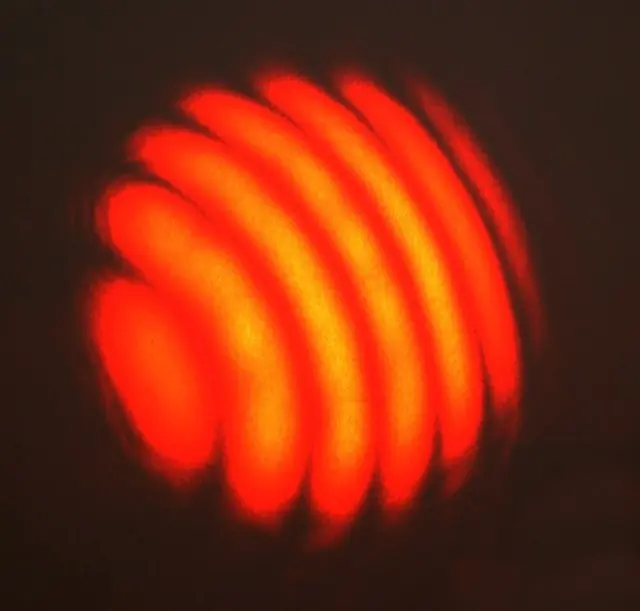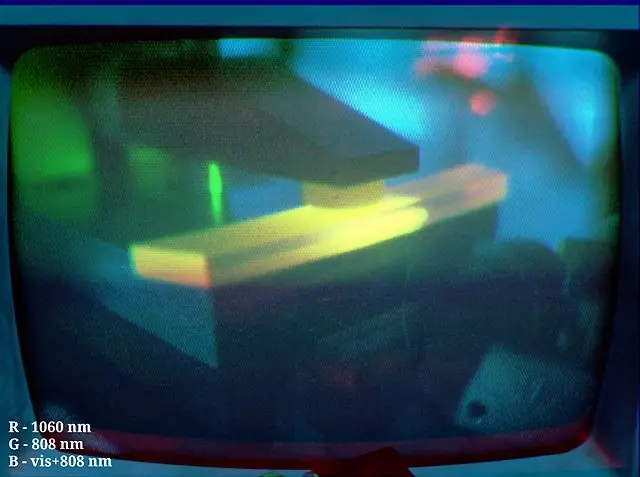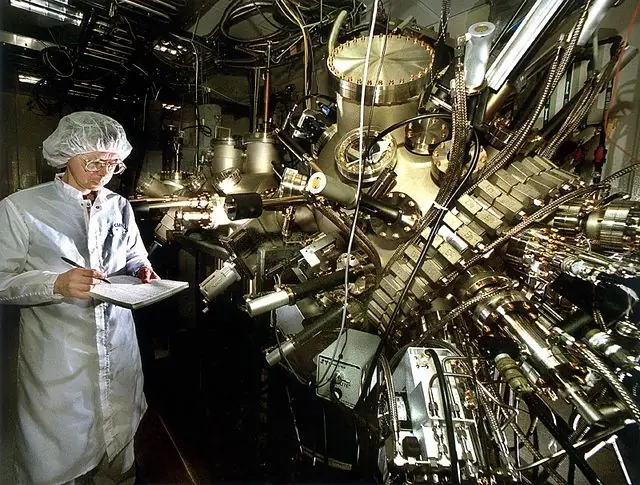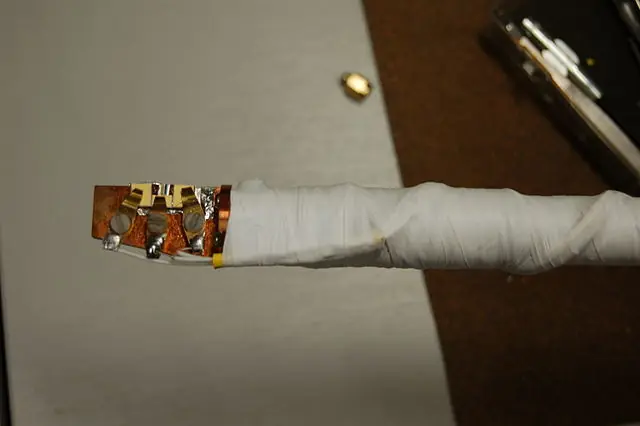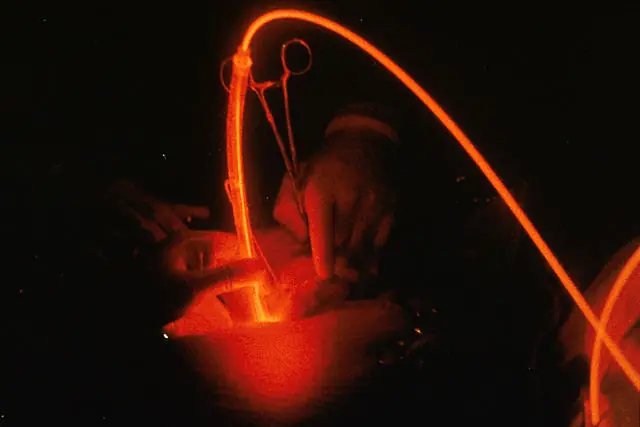Laser Rangefinders Demystified: A Comprehensive Guide to Types and Applications
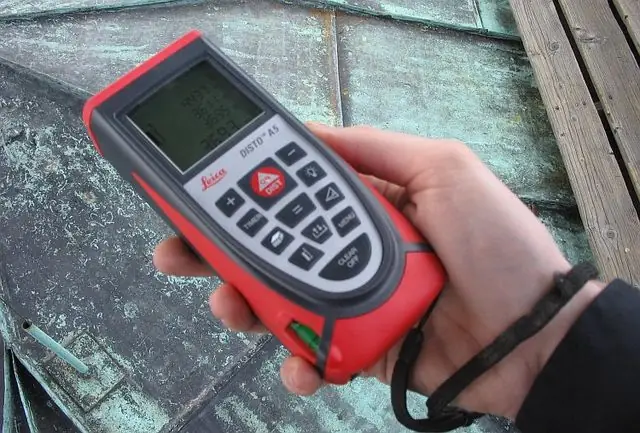
In this article, we will take a deep dive into the different types of laser rangefinders, which are essential tools for various applications such as surveying, mapping, and military operations. These devices use the principles of physics to measure distances with exceptional accuracy and precision. But, how do they work, and what types are available in the market? Let’s explore the world of laser rangefinders to answer these questions.
Types of Laser Rangefinders
In this section, we will explore the various types of laser rangefinders available in the market, each with its unique characteristics and applications.
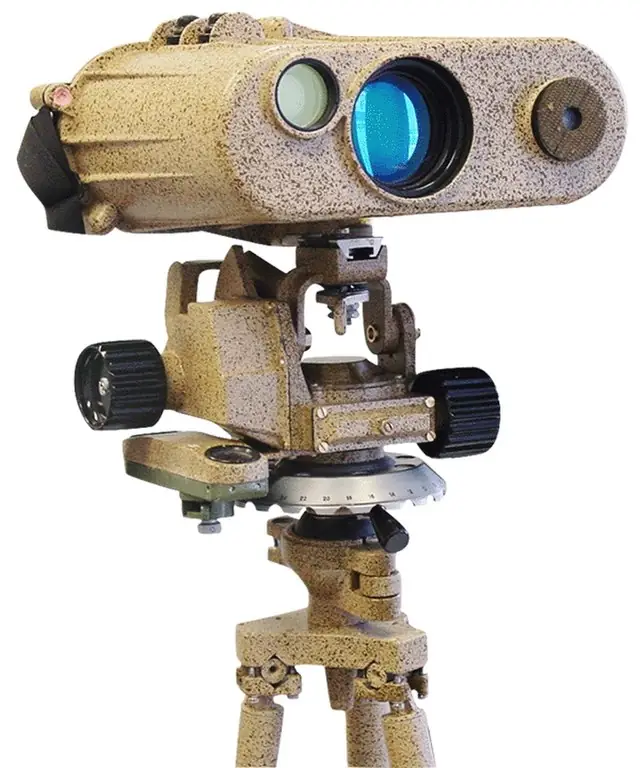
- Time-of-Flight Laser Rangefinders: Time-of-flight rangefinders are the most common type and are known for their versatility. They measure the time taken for a laser pulse to travel to the target and return. These rangefinders are suitable for a wide range of applications, including surveying, forestry, and construction.
- Phase-Shift Laser Rangefinders: Phase-shift rangefinders emit a continuous laser beam with a modulated frequency and rely on the phase difference between the outgoing and incoming beams to measure distance. They offer greater accuracy and precision than time-of-flight devices, making them suitable for applications requiring meticulous measurements, such as industrial automation and robotics.
- Frequency Modulated Continuous Wave (FMCW) Laser Rangefinders: FMCW rangefinders modulate the frequency of a continuous laser beam over time. They measure distance by analyzing the frequency difference between the outgoing and incoming beams. These rangefinders are known for their high accuracy and immunity to interference from ambient light, making them ideal for outdoor applications like mapping and aerial surveys.
- Interferometric Laser Rangefinders: Interferometric rangefinders use the interference pattern between two laser beams – one reference beam and one measurement beam – to determine the distance. The target’s movement causes a change in the interference pattern, which is used to calculate the distance. These rangefinders offer extremely high precision and are often used in laboratory settings or for specialized applications, such as measuring vibrations or small displacements.
- Triangulation Laser Rangefinders: Triangulation rangefinders use the principle of triangulation to measure distance. These devices project a laser spot onto the target surface and use a sensor to detect the position of the reflected spot. The distance to the target is then calculated based on the angle and geometry of the laser and sensor. Triangulation rangefinders are typically used for short-range distance measurements and applications where accuracy is less critical, such as object detection and positioning.
The Physics Behind Laser Rangefinders
To understand laser rangefinders, we need to delve deeper into the fundamental principles of physics that govern their operation. At the core of these devices lies the science of lasers and the behavior of light.
Lasers and Coherent Light
Lasers are unique light sources that produce highly focused, coherent, and monochromatic light beams. Unlike ordinary light, which consists of multiple wavelengths and spreads out in all directions, laser light is characterized by a single wavelength, traveling in a highly collimated direction. This coherence and directionality make lasers ideal for rangefinder applications, where precise distance measurements are essential.
Speed of Light and Time of Flight
One of the key factors in laser rangefinders’ functionality is the speed of light, which is approximately 299,792 kilometers per second in a vacuum. When a rangefinder emits a laser pulse, the pulse travels to the target object and reflects back to the device. By measuring the time it takes for the pulse to return, the rangefinder calculates the distance using the speed of light.
It’s important to note that the speed of light can vary slightly depending on the medium through which it travels. For example, light travels slower through air or water than in a vacuum. However, these differences are often negligible for most rangefinder applications.
Reflection and Scattering
When the laser pulse reaches the target object, it reflects off the surface and scatters in different directions. The rangefinder detects the portion of the light that returns to its receiver, which is typically situated close to the laser emitter. The quality of the reflected signal depends on the target object’s surface properties, including its reflectivity, texture, and angle with respect to the rangefinder.
For accurate distance measurements, the rangefinder must receive a strong enough return signal, which can be challenging when dealing with non-reflective or highly irregular surfaces. In such cases, a highly sensitive receiver or a more powerful laser emitter may be necessary to ensure reliable performance.
Atmospheric Effects
Another factor to consider in the physics of laser rangefinders is the impact of atmospheric conditions on the laser beam. Factors such as humidity, temperature, and air pressure can affect the speed of light and the laser beam’s absorption and scattering. In general, rangefinders operate most accurately in clear, dry conditions. However, advanced rangefinders incorporate atmospheric correction algorithms to account for varying environmental conditions, ensuring consistent performance across a range of situations.
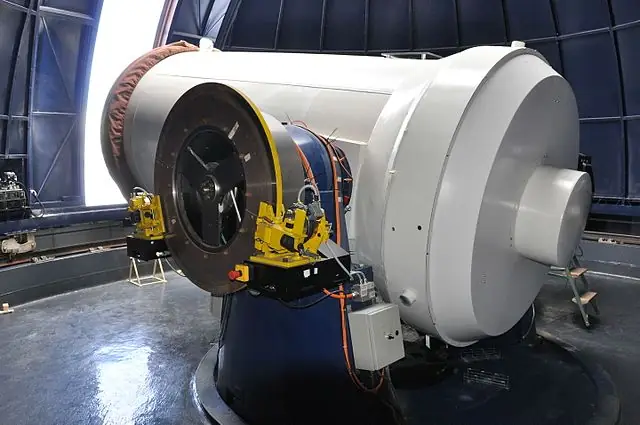
By understanding the fundamental principles of physics that govern laser rangefinders, including lasers’ properties, the speed of light, reflection and scattering, and atmospheric effects, we can better appreciate the inner workings of these remarkable devices.
Laser Rangerfinder Industry Leaders
In this section, we will explore some of the leading manufacturers in the laser rangefinder industry, highlighting their product offerings and the types of rangefinders they specialize in. These companies are known for their quality, reliability, and innovation in the field.
Leica Geosystems is a Swiss company with a long history of producing high-quality optical and geospatial instruments. They offer a wide range of laser rangefinders, including time-of-flight and phase-shift models. Their products are designed for various applications, such as surveying, construction, and forestry. Leica’s laser rangefinders are renowned for their precision, durability, and ease of use.
Trimble is an American company that specializes in GPS technology and geospatial solutions. Their laser rangefinder offerings include time-of-flight models designed for surveying, mapping, and construction applications. Trimble rangefinders are known for their accuracy, ruggedness, and integration with GPS and other positioning technologies.
LTI is a US-based company focused on laser measurement technology. They offer a variety of time-of-flight laser rangefinders designed for various industries, including law enforcement, forestry, and utilities. LTI’s rangefinders are known for their compact design, ease of use, and integration with software solutions for data collection and analysis.
Optech, a Canadian company, specializes in lidar and imaging systems. They produce advanced phase-shift and FMCW laser rangefinders for applications such as airborne mapping, coastal zone monitoring, and industrial automation. Optech’s rangefinders are known for their high accuracy, long-range capabilities, and adaptability to challenging environmental conditions.
Renishaw is a UK-based company that focuses on precision measurement and process control solutions. They offer phase-shift laser rangefinders designed for applications in industrial automation, robotics, and metrology. Renishaw’s rangefinders are renowned for their high precision, reliability, and compatibility with a wide range of industrial equipment.
Choosing the Right Laser Rangefinder
Selecting the ideal laser rangefinder for your application involves considering several key factors. These include the required accuracy, distance range, environmental conditions, size and weight, and budget constraints. Let’s explore these factors in more detail to help you make an informed decision.
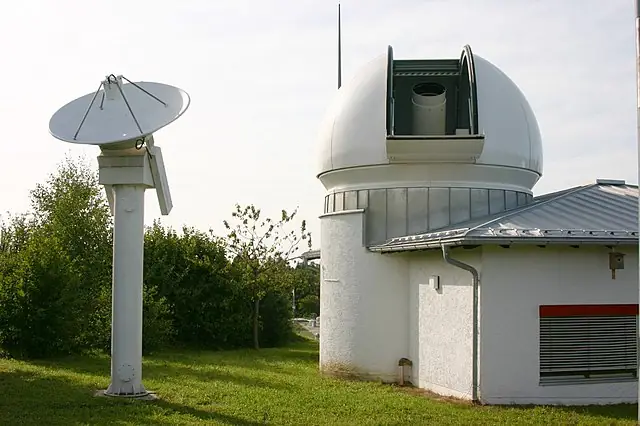
- Accuracy and Precision: The first aspect to consider is the level of accuracy and precision needed for your specific application. Time-of-flight rangefinders offer good accuracy and versatility, making them suitable for general-purpose applications such as surveying and forestry. However, if your project demands higher precision, phase-shift or FMCW rangefinders may be more appropriate due to their increased accuracy and immunity to interference.
- Distance Range: Laser rangefinders are available with varying distance capabilities. For short-range applications, such as interior measurements or architectural work, a rangefinder with a range of up to 50 meters may suffice. However, for long-range applications like aerial surveys or military operations, you might require a device capable of measuring distances of several kilometers. Assess your application’s range requirements and select a rangefinder that meets or exceeds those needs.
- Environmental Conditions: The operating environment can significantly impact the performance of a laser rangefinder. Factors such as ambient light, dust, fog, and rain can influence the accuracy and reliability of distance measurements. FMCW rangefinders are known for their resistance to ambient light interference, making them suitable for outdoor applications. Ensure the device you choose is designed to perform well under the specific environmental conditions of your project.
- Size and Weight: Depending on your application, the size and weight of the laser rangefinder may be a crucial factor. Compact, lightweight devices are ideal for handheld use, while larger, more robust models may be necessary for mounting on vehicles or other equipment. Consider the portability requirements of your project and select a rangefinder that fits your needs in terms of size and weight.
- Budget Constraints: Finally, consider your budget when choosing a laser rangefinder. While more advanced models such as phase-shift and FMCW rangefinders offer superior accuracy and performance, they also tend to be more expensive. If your application does not demand the highest level of precision, a more affordable time-of-flight rangefinder might be a suitable option.
Conclusion
A deep dive into the different types of laser rangefinders reveals a fascinating world of technology built on the principles of physics. These devices have revolutionized various industries by providing accurate distance measurements in applications ranging from surveying to military operations. Understanding the different types and their underlying principles will help you choose the perfect laser rangefinder for your specific needs.

